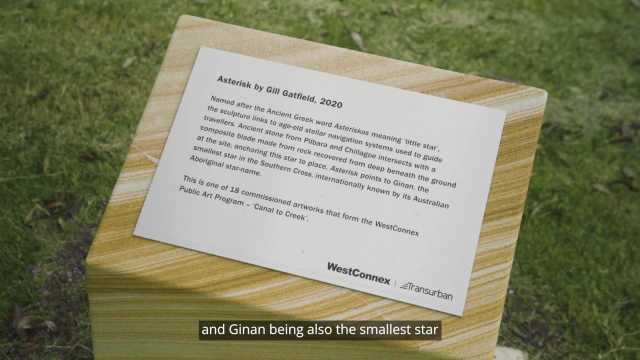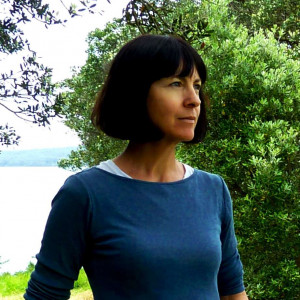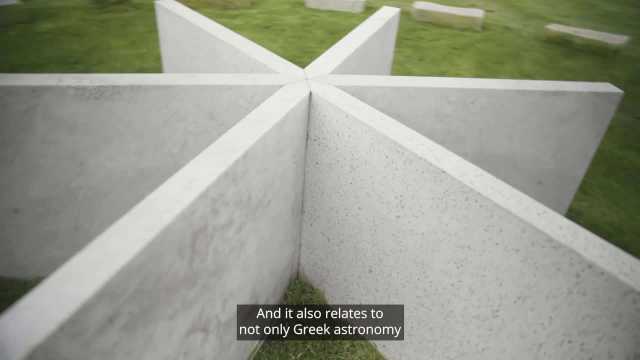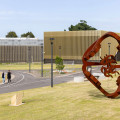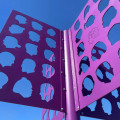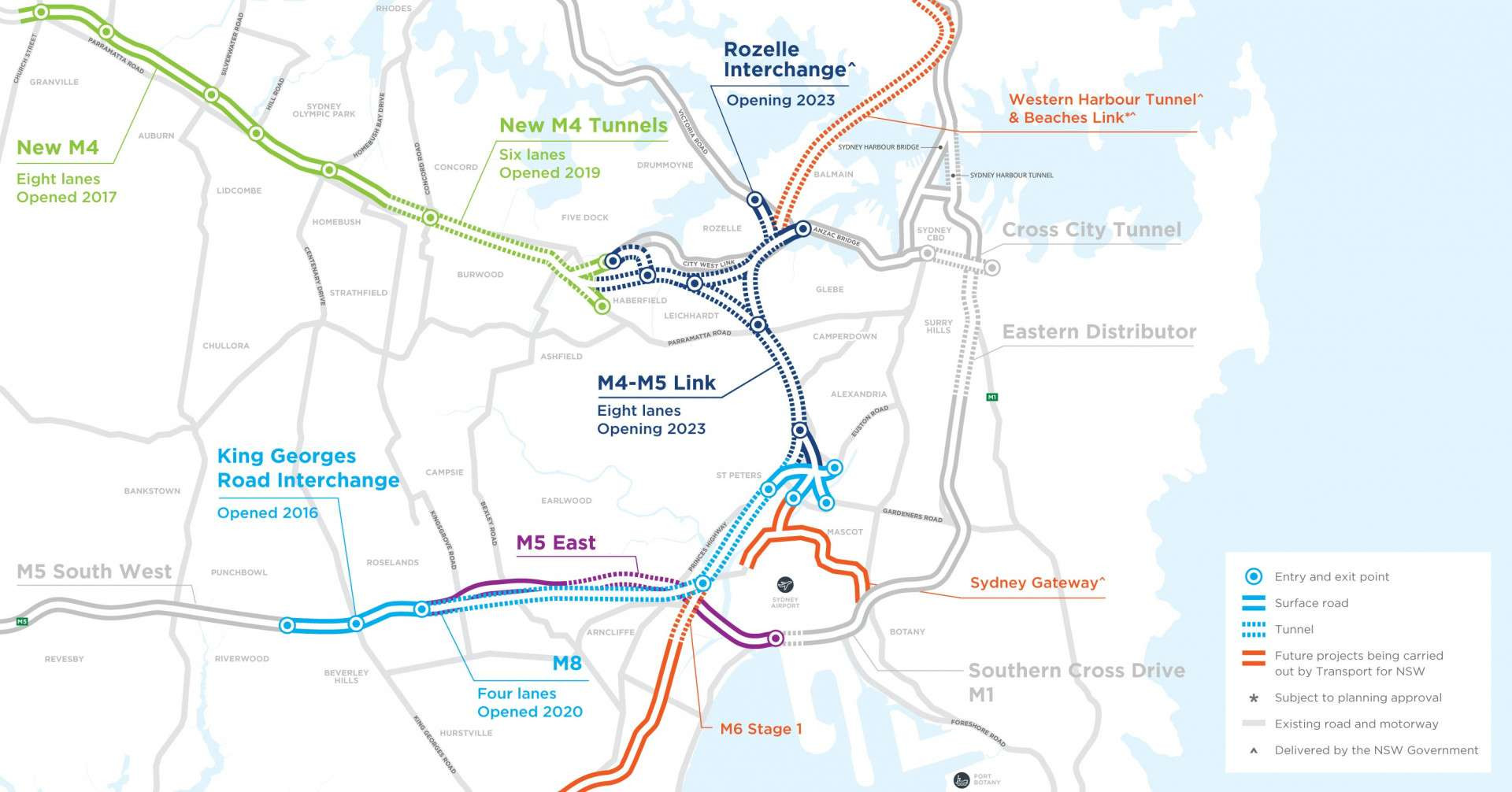Artwork
St Peters Interchange, near Canal Road entrance
To make a sculpture like Asterisk and works of this kind of scale, you really need to be able to dream like an artist and design like an architect and think a bit like an engineer.
In contemporary communications, an asterisk is a placeholder, a symbol or mark. It is a footnote in writing, an editing tool in social media, and a symbol combining numbers in mathematics. Since it was first used 2000 years ago by the Greek poet Aristarchus of Samothrace, an asterisk creates a visual and sensory pause - a moment for reflection and redirection. Centred near the entrance and within the curve of a green space between triangular pathway intersections, Asterisk will welcome locals and visitors and become a community meeting place.
Asterisk links to the ancient stellar navigation systems used to guide travellers on journeys far and wide and looks to constellations and traditions significant in Aboriginal astronomy for direction. At the crest of the St Peters Interchange in this new transport route, the futurist sculpture is a modern compass, placing equal value on different perspectives. Its striking shadows act like a sundial, creating intrigue and changing with the time of day and season.
Asterisk offers an immersive experience, with details hidden in the stone and secret spaces to explore – the perfect place for games, like hide and seek. The circular form of Asterisk invites people in and generates intrigue - from every angle the artwork reveals a new and unique view. Asterisk invites people to interact, reflect, explore and play.
New Zealand artist Gill Gatfield (LLB. MFA Hons.) creates conceptual abstract sculptures and installations using rare stones, unique timbers, crystal-clear glass, fibres and native grass.
Her minimalist forms provoke thought, tempt touch and create reflective space within architectural and natural environments.
Major works include Native Tongue, a totemic I-figure carved from 45,000 year old ancient kauri; Silhouette made from NZ glacial stone and Indian granite, marking the edge of a lava flow at a city transport station; The Kiss, a four tonne black monolith which embraces its audience, and Half Glass, an "impossible" form and metaphor for human aspiration. Invited to participate in the 2018 Venice Architecture Biennale exhibition ‘Time, Space, Existence’, Gill created Zealandia using a single block of precious stone from the mountains of Te Waipounamu NZ. In 2018, her work was also presented at A18 American Institute of Architecture in New York and at EXPO Chicago by the International Sculpture Centre.
These resources have been designed by experienced Visual Arts educators to support students and teachers studying and delivering the NSW syllabus for Visual Arts, and are tailored to Stage 4 and Stage 5.
Stage 6 teachers may also consider some of the artist studies for their students.


